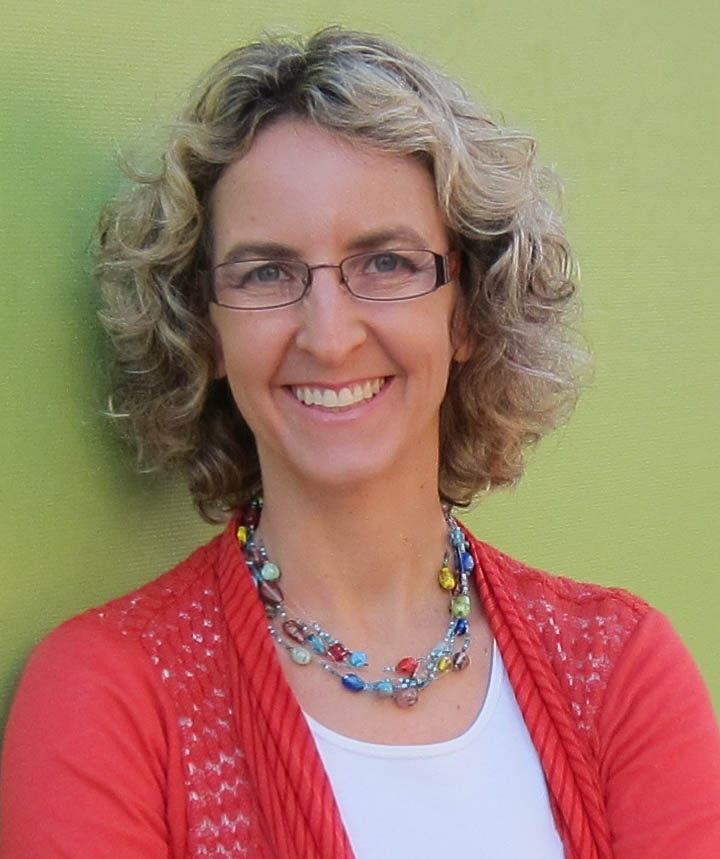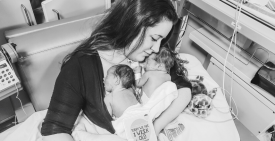Even after your loved one is gone, her clothes may hang neatly in a closet, her bookshelves may be just as she arranged them and her collection of spices may sit unused in a kitchen drawer. Sorting through these objects — however inanimate or innocuous — can be particularly difficult for the grief-stricken. Paula Berman, a Silicon Valley, California-based professional organizer and productivity consultant, knows this first hand: She has worked over the years with numerous bereaved families.
Berman spoke recently with Modern Loss about which items have proved most difficult to sort through, how to approach family disputes over who gets what, and what to consider when deciding what to keep and what to give away.
What are some of the unique challenges of working with a bereaved family?
Clients bring their personal organizing roadblocks with them to the organizing sessions. In their own lives they may struggle with letting go of items because of sentimentality, aspirational hopes and dreams of using items, an overestimation of the value of items, and a need to find the perfect recipient for each donated item. When the emotional element of loss is added to these scenarios and clients have to organize their loved one’s belongings, it can become increasingly difficult and stressful for them to make decisions. Oftentimes they second-guess themselves after they have made decisions.
Pam Manning McCutcheon, who tragically lost her son Max to a car crash in 2010 told me, “When in doubt — store it.” Pam, a former professional organizer and member of The Compassionate Friends, a support organization for bereaved parents, acknowledges that her advice is not very “organizer like.” But she adds, “You can never get it back once it’s gone. Grief has so much pain already, why add to it by regretting giving something away before you are ready?”
Are there any rooms or items that your clients have found especially hard to go through? If so, which ones — and why do you think they prove so difficult?
Clients who have taken care of loved ones in their homes at the end-stage of life find it hard to be in the rooms where they took care of their loved ones. Often times there are still medical supplies in the room and the flood of memories this generates can be overwhelming.
Other items that trigger memories and are hard for clients to go through include:
• photographs (especially if the most recent ones were taken during last stage of the deceased’s illness)
• items that contain the loved one’s handwriting (e.g., books with the person’s name in them and handwritten notes, diaries, and recipe cards)
• items containing the loved one’s name and an image/photo (e.g., driver’s license and membership cards)
• clothing/jewelry/watches
• certificates and trophies of the deceased’s accomplishments
Family members have different organizing styles. If one person has a “just donate everything and move on” personality and another family member, for example, has an “I need to keep everything” personality, then the potential for conflict increases. In addition, the process is impacted by each family member’s relationship with the deceased, relationships among family members, and perceptions of the deceased’s relationship with other family members.
What do you advise when things get tense?
• When possible, set aside time to organize when everyone is feeling mentally and physically strong enough to sort, organize and make decisions.
• Designate a “safe” zone for disputed items. Set agreed-upon rules to facilitate the process. If interactions turn into heated debates:
1. Place the disputed item in the “safe” zone.
2. Take a breather, e.g., walk around for a few minutes and get some fresh air.
3. Come back and work through the next set of items.
4. Return to the “safe” zone when everyone feels they can manage their emotions.
• Identify 1-3 charities that the deceased supported before you start the organizing process. Unless you know exactly who would want, need or use something, avoid trying to find the perfect recipient for each individual item. Trust that the donated items will go to deserving recipients. (And keep track of all donations for tax purposes.)
• Find an appraiser for the items you want to sell. This will resolve any family member disputes about the monetary value of an item.
How have you helped guide your clients through this admittedly difficult process?
Each day is different. I always keep a box of tissues handy. I always assess how a client is feeling at each appointment. If they are feeling strong enough to work through the more difficult items (these items vary from person to person), then we tackle those piles.
Any additional organizational tips for bereaved individuals and families?
• For the sentimental person, I would caution against turning your home into a longterm storage facility for the deceased’s belongings. By all means hold on to everything you are not yet ready to part with or make a decision about, but when it comes time to select which items to keep, choose what you want to live with and enjoy and appreciate. The things you keep should bring joy to your life and should make you smile and think of the deceased fondly when you use and see the items.
• Document everything: what each family member receives, what is sold and the payment amount received, and what is donated and the value of each donation. Losing a loved one causes stress and stress impacts one’s ability to remember things. Don’t rely on memory as a means of recall for the organizing process.
• Collate and organize all documentation that might be needed for any potential financial, legal or medical reason.
Paula Berman is the owner of Paula Berman Organizing located in the San Francisco Bay Area. She blogs on organizing and productivity.










